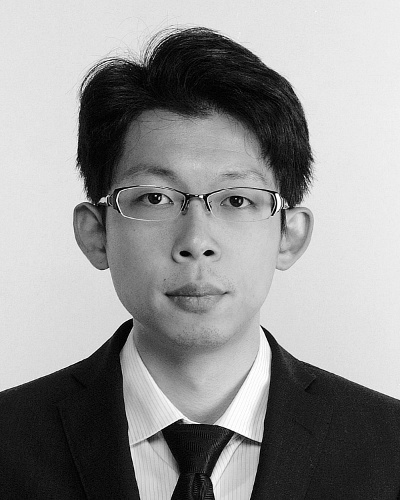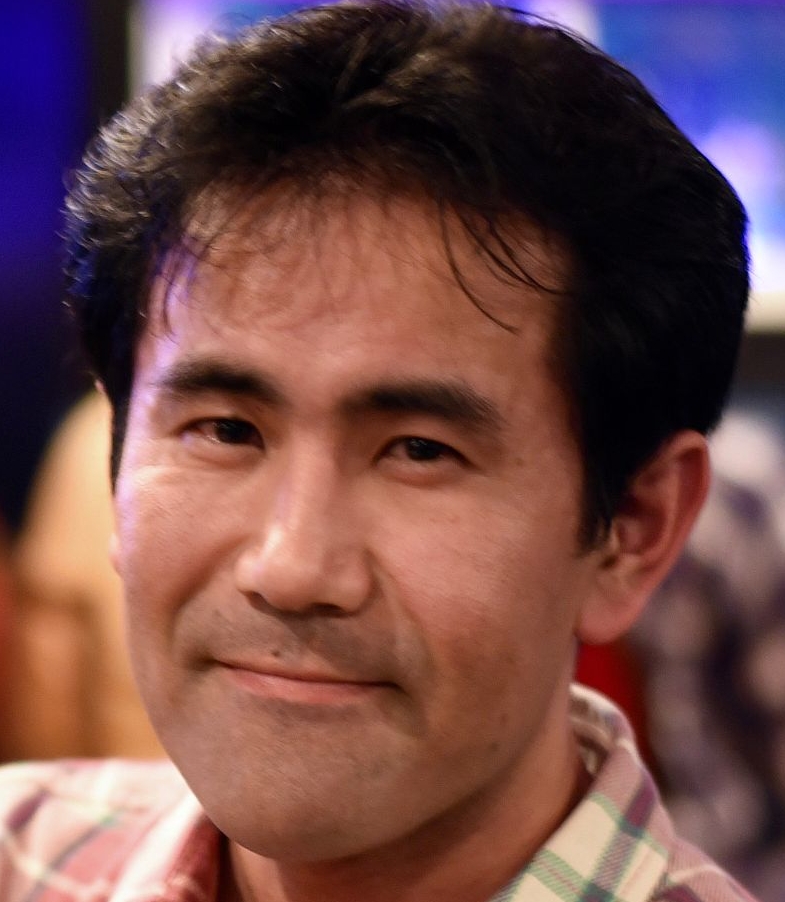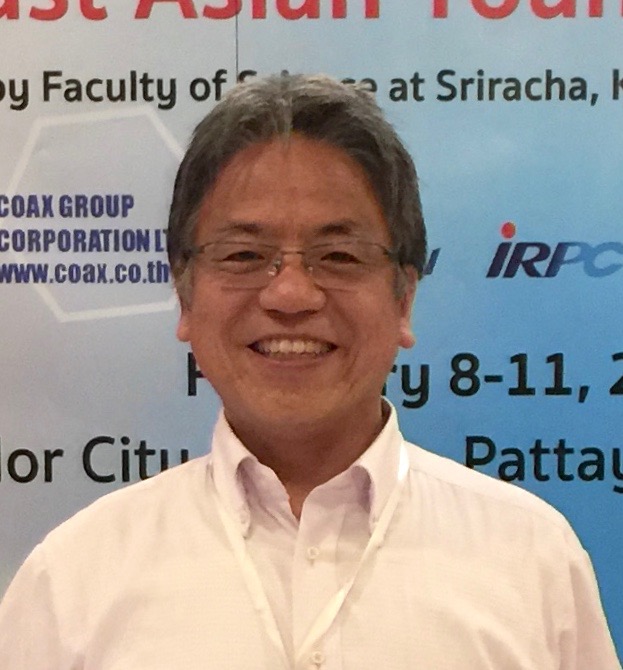|
 Keynote Lectures (tentative) Keynote Lectures (tentative)
|
|
|
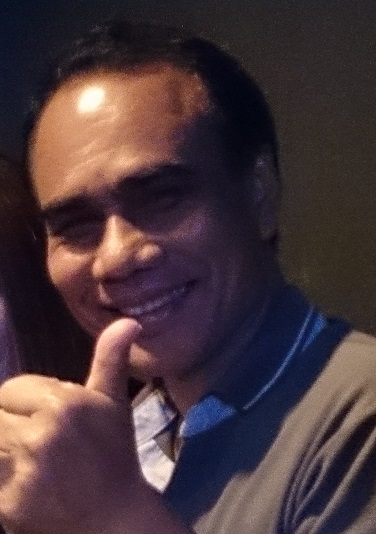
|
|
Jakrit Yaeram,
Ph.D
Vice President of RMUTI
Assistant
Professor of Animal Science,
Rajamangala
University of Technology Isan (RMUTI), (Thailand)
|
[Title]
Herbal Plants improved Animal Reproduction in Thailand
[Abstract]
Thailand is one of the countries where plant biodiversity is so great. Herbal
plants are abundant and are normally used in humans as Thai Traditional
Medicine to cure illness or to promote healthy body. Despite its high
potential in medicinal properties, herbal plants are not frequently used in
animals. Livestock is a type of animal which play crucial roles nowadays as
they gives important protein sources for human beings. They are, for example,
beef cattle, dairy cows, pigs, buffaloes, sheep, goats and chicken. As world
population is increased, the numbers of animals required are also increased
to make sure that protein sources are sufficient for human consumption. The number of animals produced are primarily depending on
breeding techniques. At present, such breeding technique as
Artificial Insemination (AI) with frozen-thawed semen are widely
adopted among farmers. Making frozen semen, sperm are processed in a very
cold environment starting from room temperature to -196⁰C in liquid nitrogen.
During this cold process some free radicals or oxidants are produced and
these will cause oxidative stress and damages to sperm cells. To protect
sperm from oxidative stress some antioxidants like Glutathione, Catalase, SOD, Vitamin C or vitamin E are added to freezing media
before frozen semen is made. A number of herbal plants in Thailand are rich
in antioxidants and can be used in animals. In my presentation, some
beneficial effects of herbal plants on semen quality will be shown.
|
|
|

|
|
Ofyar
Z. Tamin, Prof. PhD
Rector,
Institute of Technology Sumatera (Indonesia)
Professor,
Institute of Technology Bandung (Indonesia)
|
|

|
|
Rudi Sugiono Suyono, Dr
Lecturer,
University of Tanjungpura Pontianak (Indonesia)
|
[Title]
Transport Strategic Appraisal: A Comprehensive Decision Making Approach to
Collaborate Participatory and Technocratic Processes in Strategic Planning
Level for Determining Priority of Mass Transport Development Policy
[Abstract]
Development of mass transportation policy in a metropolitan area has a fairly
extensive complexity (multi-aspect and multi-dimensional), hence, it is
within the scope of strategic planning. Thus, to assess, evaluate a mass
transport policy should also be placed on a strategic level. The problems
are, devices and system that can be used for this study is still very
limited, especially in countries - developing countries. The number of
parties (actors), interest (criteria) and different levels of authority
requires a good system, and be able to elaborate on the multi-dimensional
condition. This study took Jakarta Metropolitan Area as a study case; a large
agglomeration area consisting of the main cities, namely Jakarta with some
buffer cities such as Bogor, Tangerang, Depok and Bekasi. In this research, a
participatory approach developed by combining Multi Actor Multi Criteria
Analysis (MAMCA) which has been well developed with fuzzy approach. While the
technocratic approach through the analysis procedure expert judgment using
the Modification of Rapid Impact Assessment Matrix and analysis of the
characteristics of mass transportation on any policy alternatives. This
research successfully developed a transport strategic appraisal decision
making system that can used to determining the
selection of policy priorities in the development of mass transport in an
agglomeration metropolitan area especially in developing country.
----------------------------------
|
|
|

|
|
Noriaki Yoshiura, Ph.D
Associate Professor, Saitama University (Japan)
Vice-President,
(NPO) The e-JIKEI Network Promotion Institute (Japan)
|
[Title]
Smart street light system based on IoT
[Abstract]
Enormous electric energy is consumed by the street lights, which are
automatically turn on when it becomes dark and automatically turn off when it
becomes bright. Even if there are no people or cars, the street lights turn
on. This is the huge waste of energy in the whole world. This talk gives a
smart street light system. The smart street light system turns on lights when
there are people or cars and turns off lights when not. Moreover, the smart
street light system in this paper behaves like usual street lights that turn
on all night. The ideal behavior of the smart street light system is that no
one finds turn-off of street lights at night. Realization of the smart street
light system uses IoT technology. The system
consists of sensors and lights. These elements of systems communicate with
each other for smart street light systems.
|
|
|

|
|
Yusaku
Fujii, PhD
Professor, Gunma University (Japan)
President,
(NPO) The e-JIKEI Network Promotion Institute (Japan)
|
[Title]
The e-JIKEI Network Camera: Abuse prevention of street camera network by
recording browsing-history
[Abstract]
A street camera network, in which many IP cameras are installed at a high
density, similar to street lights throughout a nation, will have a stronger
positive effect in suspect tracking and crime deterrence in the near future.
On the other hand, it will also have a stronger negative effect related to
the violation of privacy of ordinary citizens. In order to make such a
stronger surveillance camera system, which forcibly captures the images of
passersby for the public interest, be accepted as an essential social
infrastructure by a society, it is necessary for this camera system to make
ordinary citizens be convinced that it is used only for the public interest.
To realize this, a new concept, in which the abuse of a street camera network
is deterred by recording and disclosing browsing-history, is proposed.
[Reference]
Yusaku Fujii and Noriaki Yoshiura, "Will every streetlight have network cameras in the near
future?", SCIENCE, eLetters (21 October 2016) .
|
|
|

|
|
Min Chen, PhD
Professor, Huazhong University of Science and Technology (China)
|
[Title]
Wearable 2.0 for Sustainable Health Monitoring: Connecting Human with
Clouds and Big Data
[Abstract]
With the rapid progress of wireless networking, mobile communications, data
mining, and learning techniques, people start to pursue higher quality of
experience (QoE). The technology advances should
make people healthier and happier. This motivates us to implement a wearable
2.0 healthcare system to improve QoE by integrating
wearable computing, big data clouds, robotics and emotion-aware computing
technology. In order to enable sustainable health monitoring, we design a
novel “smart clothing” system, which gathers ECG signals for emotion
detection and other various physiological indicators of human body in a
comfortable and durable way. In this talk, an emotion communication system is
also introduced, which is a cyber-physical system which can collect emotional
data, and transmit them to clouds, and perform emotion analysis by a smart
cloud. The vital signs collected by smart clothing are utilized for early
disease detection as well. A risk assessment model of chronic disease is
introduced using several learning algorithms. The ultimate goal of our system
is to provide cognitive intelligence to enhance the quality of life from both
physiological and psychological considerations.
|
|
|

|
|
Mitra Djamal,
Dr.-Ing.
Professor, Institute of Technology Bandung (Indonesia)
President,
Indonesian Physical Society (Indonesia)
Vice Rector,
Institute of Technology Sumatera (Indonesia)
|
[Title]
Development of a Low Cost Mobile Volcano Early Warning System
[Abstract]
A new early monitoring system has been developed for Indonesian volcano which
is in the second place for the most dated eruption after Japan. This low cost
system consists of Wireless Sensor Network (WSN) for sensing, processing,
distributing and transmitting the data; satellite technology for remote
sensing data of the volcano; and mobile robot for replacing a died sensor
node in emergency situation. Not only for normal condition when only small
events happen, but the system is also robust to a hazard erupting volcano
environment to acquire real-time data in high-fidelity operation and manages
both the power and bandwidth efficiently in the same time. Simulation and
laboratory experimental result show that the system consumed lower energy and
utilized better the bandwidth than the current existing system. Furthermore,
the mobile robot has been successfully arrived at the desired location for
broken node substitution with no human involvement in a toxic dangerous area.
-----------------------------
|
|
[Title]
A Proposal of a Numerical Method to Compute Dynamic Responses for
Complicated Systems including Elastic/Viscoelastic Structures, Gas, Porous
Medea, Nonlinear Restoring Force Element with Nonlinear Hysteresis and Living
bodies with Reaction Using Fast FEM
[Abstract]
A new numerical method was proposed to compute dynamic responses for
complicated systems involving elastic/viscoelastic structures, gas, porous
media and nonlinear restoring force with nonlinear hysteresis and living
bodies with reaction using fast FEM.
In this method,
there are three features mainly as follows.
(1) By applying
asymptotic method to complex eigenvalue problem of the systems, explicit
expressions of modal loss factor are derived. This method diminishes
computational time for large-scale finite element models. By using this
method, modal couplings of damping in the systems can be investigated and
optimized. This numerical procedures were proposed
by Yamaguchi and were named as Modal Strain and Kinetic Energy Method (MSKE
method).
(2) MSKE method is
extended for the systems having nonlinear restoring force with
linear/nonlinear hysteresis. In this method, the restoring force has
nonlinear function as power series of its elongation and nonlinear hysteresis
damping using complex coefficients. The discredited equations in physical
coordinate are transformed into the nonlinear ordinary coupled equations
using normal coordinate corresponding to linear natural modes. This
transformation yields computation efficiency. The proposed method is applied
to simulation for impact responses of soft structures.
(3) The nonlinear
restoring force element with nonlinear hysteresis is extended to apply impact
responses of interaction systems between human bodies and machines (e. g.
robots and vehicles). Dynamic responses can be computed for alive human bodies in consideration of difference between
contraction and relaxing condition of muscle using complex coefficients for
the nonlinear restoring force. Further, if negative values are given for the
imaginary parts of the nonlinear restoring force element, influences of
panic, precaution and foresight on the responses can be investigated.
--------------------------------------
|
|
[Title]
Application of new water technology to space travel
[Abstract]
Water is a unique chemical substance abundant on the earth. For
example, its true freezing temperature is known to be much below zero degree Celsius, which is widely seen in the atmospheric
phenomena. In human body, 60% is water by weight, but most of chemical
reactions for life happens in cellular, aquatic
environment.
Combination of gas
with water yields strange phenomena. These days, ‘micro bubble water’
is used for cleaning surfaces in factories. What if we generate smaller
size bubbles? They tend to stay in the water bottle for more than 6
months. When we choose ozone as gas part, it exibits
potent anti-microbial power.
We are exploring
applications of nano-bubble water for astronaut
drinking water sanitation, etc. JAXA plans a program to measure
microgravity effect in nano-bubble water shelf
life. We may find nano-bubble watger generators on the spacecraft traveling to Mars.
|
|
|
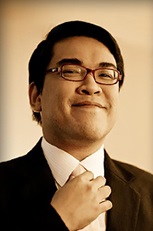
|
|
Jakrapong Kaewkhao, Ph.D.
Associate
Professor
Director,
Center of Excellence in Glass Technology and Materials Science (CEGM),
Nakhon Pathom Rajabhat
University (Thailand)
|
[Title]
Luminescence from Ln3+ Doped in Glass: Properties and
Applications
[Abstract]
In recent time, different glass substances are extensively study to enhance their
luminescence characteristics, which is used for the development of various
luminescence and optical materials in the field of Solid State Lighting.
Solid State lighting like W-LEDs, traffic signals, liquid crystal displays,
cellular displays etc., are supposed to show an important aspect in the
future. These materials save manifold of electrical energy and lower carbon
emissions by approximately 28 million metric tons per year, worldwide.
Glasses are source of material have properties like low cost, easy to
prepare, high transparency at room temperature, hardness along with
sufficient strength, excellent electrical resistance, absence of the grain
boundaries and continuously variable composition for the optical
applications. Glasses doped with Lanthanide ions (Ln3+) can be
well developed as luminescence materials because of high emission
efficiencies, corresponding to 4f–4f and 4f–5d electronic transitions in the
Ln3+. The 4f–4f transition gives an especially sharp fluorescence
patterns from the ultraviolet to the infrared region, because of shielding
effects of the outer 5s and 5p orbitals on the 4f electrons. In this review,
up and down conversion luminescence properties of the glasses doped with
several lanthanide ions, i.e., Ce3+, Pr3+, Nd3+,
Sm3+, Eu3+, Dy3+, Er3+, Yb3+,Tm3+,
and Tb3+ have been explain. Moreover, the current status of their potential applications for solid state lighting
materials are also given.
|
|
[Title]
Equivalent-Circuit Modeling of Electrically-Very-Small Wireless Systems
[Abstract]
In recent years, wireless systems much smaller than the wavelength of
electromagnetic waves (electrically-very-small) are widely used. Typical
examples include near-field communication (NFC) systems, intrabody
communication (IBC) systems, wireless power transfer (WPT) systems, and so on
and so forth.
Because such
systems can be regarded as antenna problems as well as electric circuits,
intense researches have been done by engineers in both the fields. However,
sometimes their knowledges are separated and hard to integrate because the
commonly used design analysis techniques are highly specialized in spite of
the fact that they are based on the same physics, i.e. Maxwell’s equations.
In this talk,
equivalent-circuit modeling techniques of electrically-very-small wireless
systems and their applications are introduced.
|
|
[Title]
X-ray spectroscopic study of liquid water
[Abstract]
Over the past decade, there have been controversies over the interpretation
of the local hydrogen bonding structure of water. The beginning of this
dispute was the Science paper in 2004, where researchers found an unexpected
distortion of hydrogen bonding in liquid water using soft X-ray absorption
spectroscopy. Whether the water is homogeneous or inhomogeneous - in terms of
this fundamental question, X-ray spectroscopy lead us to a totally different
structural model from conventional continuum model of water structure by
monitoring the electronic structure of water. In this talk our recent efforts
using soft X-ray absorption/emission spectroscopy and discussion about the
future of water research are introduced.
|
|
[Title]
Nanopattern Formation of a Block Copolymerby Water as a Non-Solvent
[Abstract]
Block Copolymers (BCPs) have been industrially used as thermoplastic
elastomeric materials such as baby diapers, footwear, adhesives, coatings,
etc. BCPs are also used in medical sector, such as medical bags,
medical tubing, syringes, and in construction industry, such as paving,
roofing, home interiors, etc. In order to improve their functionality, such
as applying them to optical devices or hard disc memories, spatial
arrangement with the high degree of order is required. Here, we demonstrate
how to obtain a highly ordered nanopattern of a BCP
in solutions. For visible light, we investigated a pattern formation via microphase separation and order-order transition of a BCP
with an ultra-high-molecular-weight (UHMW). Generally, UHMW-BCPs have so high
viscosity that they do not reach equilibrated state when they form nanopatterns because of the large number of entanglements
per chains. We enhanced the chain mobility by adding to a BCP a neutral
solvent, i.e., a miscible solvent to all the components of the BCP (a
semi-dilute solution). However, the nanopattern had
a low degree of order or disappeared because the segregation power was also
extremely shielded due to the dilution effect. Here, we found that addition
of a “differentiating non-solvent” (ex. water) in the semi-dilute solution
enhances the segregation power and the resulting nanopatterns
are highly ordered. The patterns were successfully applied to non-linear
optical materials such as photonic crystals..
|
|
|
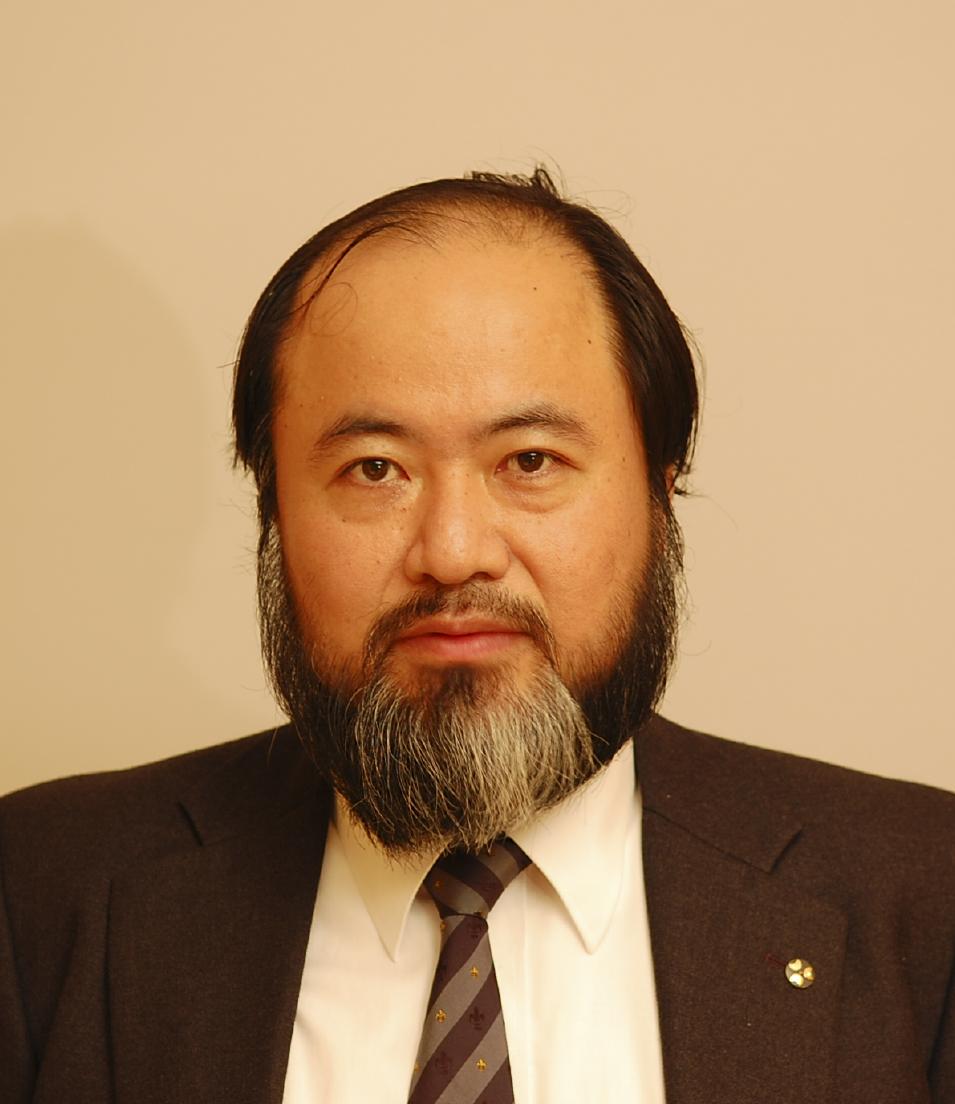
|
|
Osamu
Hashimoto, PhD
Gunma
Astronomical Observatory (Japan)
|
[Title]
Gunma Astronomical Observatory and its international activities
[Abstract]
Gunma Astronomical Observatory (GAO) is a public observatory operated
by the
local government of Gunma prefecture. Its main telescope is a
150-cm reflector,
which is not designed only for scientific research,
but for star gazing
by public people, equipped with a star gazing eye
piece system
in addition to powerful scientific measuring instruments.
GAO has carried out
a number of international activities with various
countries.
Many of them were cooperative works with Asian countries.
For instance, GAO
and Institute of Technology Bandung (ITB), Indonesia
worked together in
various fields of astronomical research and education
for many
years, signing the memorandum of agreements. It is a great
honor of GAO that
it could make some significant contributions to the
establishment of
the South East Asia Astronomical Network (SEAAN),
which leads the
rapid development of astronomy in the South East Asian
countries by
their international collaborations for themselves.
|
|
|
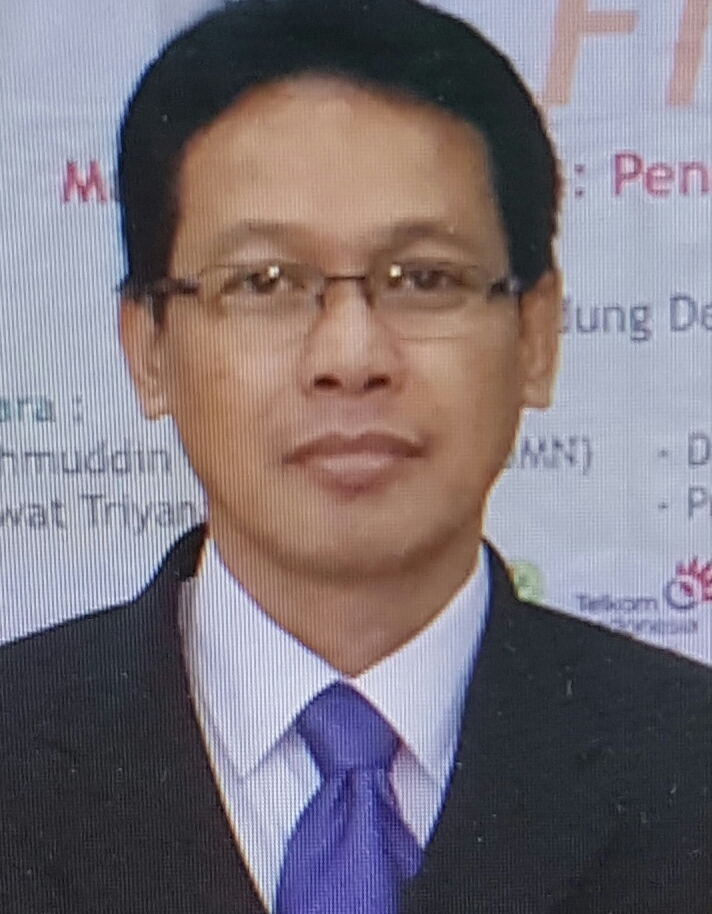
|
|
Agus
Setyobudi, Ph.D
Professor, Jakarta
State University (Indonesia)
|
[Title]
The FTIR Analysis of Nd2O3
Substitution on (35-x)CuO-xNd2O3-65P2O5 glasses
[Abstract]
Melt quenching technique (MQT) has been used to prepare the series of (35-x)CuO-xNd2O3- 65P2O5 (0 £ x £ 10 mol%) glasses, The thermal properties and structure of
those glasses were investigated. The glass transition temperature increases
as the Nd2O3 is substituted for CuO. This behaviour indicates that the replacement of CuO by Nd2O3 improves the strength of the cross-links
between the phosphate chains of the glasses. The analysis of the infrared
spectra of the studied glasses reveals that the increase of Nd2O3 content
decreases the formation of the end groups in phosphate chain structure.
|
|
|

|
|
Haruo
Kobayashi, Ph.D
Professor,
Gunma University (Japan)
|
[Title]
Analog-to-Digital Converter Algorithms for Reliability Based on Number
Theory
[Abstract]
This talk describes successive approximation register (SAR) analog-to-digital
converter (ADC) algorithms to ensure reliability with possible targets for
automotive applications. The SAR ADC has beneficial characteristics of low
power and small chip area, and hence it is widely used, especially in
automotive applications together with micro-controllers. There, digital error
correction method using redundant comparison is an effective method to
improve its reliability and conversion speed because it realizes correction
of misjudgment at a comparator and incomplete settling of an internal
digital-to-analog converter (DAC). Then this talk describes two effective
redundancy design algorithms based on number theory: (i)
The first one uses Fibonacci sequence and its property called Golden ratio
Especially, several interesting properties are clarified that contribute to
solve SAR ADC design problems, such as radix standard and shortening required
settling time. (ii) The second one uses pseudo silver ratio (square root of
2) for the SAR ADC, which leads to simple SAR logic design and fast conversion
speed in case of multiple clock period usage.
In this
presentation, the following statement is emphasized:
“Beautiful
mathematics leads to sophisticated electronic circuits.”
|









